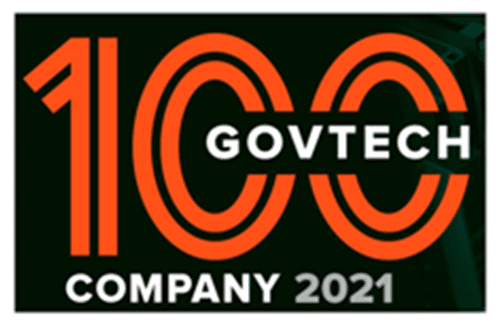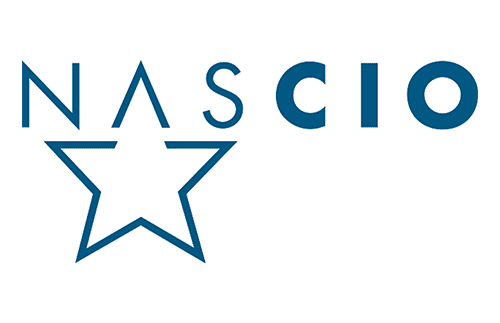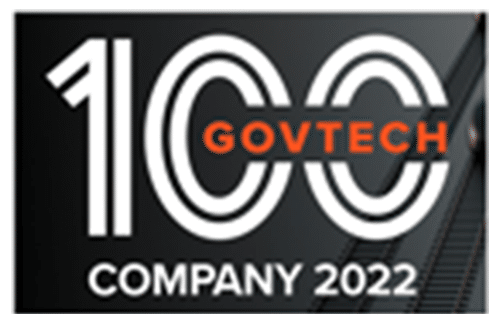It didn’t exactly come on all of a sudden. It just seems that way. There’s a recent, growing upswell of chatter about government workflow automation as a cure for the inefficiency ills of public sector organizations.
A shocking amount of waste and delay involved gets in the way of delivering good service to local, state and federal citizenries. Constituents, ombudsmen and legislators get fed up with it and look for solutions, or for somebody to blame. The public and trade media begin to pay attention, too, and it begins to feel like we’re getting close to a tipping point.
We can only hope so. We’ve touched on how there are nine billion reasons (at least!) to embrace government workflow automation and bring true digital transformation into these agencies, departments, and workplaces. A few of the key motivations that are really driving this conversation?
1. Exercising budgetary responsibility
It’s no secret that governments everywhere, but particularly at the local and state level, are faced with enormous challenges at a time when they’re ever-more constrained in terms of the monies available to meet those needs. Once upon a time, governments could spread dollars around seemingly at will, keeping voters and other constituents happy.
Those days are over. Eliminating waste and getting more bang for the taxpayer’s buck is an absolutely mandatory in the new circumstances where elected officials and bureaucracies have to operate, and government workflow automation is an obvious remedy.
Just one area where digital workflows help pay their way? By reducing or eliminating the basic costs of all the paper involved in paper-based workflows. Those costs can be as mountainous as the paperwork being generated, amounting to thousands of dollars a month for many organizations.
When you automate and remove errors from processes that involve fees, whether it’s at the DMV or the County Clerk’s Office, you’re accelerating revenue capture and making certain those fees are being accurately assessed – and by using automated notifications, you cost-effectively make sure they’re getting collected in a timely manner.
Forms can be built to include dynamic fee calculators, and the best workflow automation platforms (like our own Workflow Automation) can also seamlessly integrate with major payment processors. The result? You’re collecting revenue more efficiently than ever.
3. Optimizing staff time
Optimizing government workflows isn’t just about making sure documents are accurately generated, routed and approved. Workflows involving scheduling and time management can be automated, too, removing the need for time-consuming team or management meetings to lay out task assignments, schedules and other particulars.
Now, automated alerts can let people know what’s expected of them, and by when. New project developments can be communicated the same way, and every stage of a program or process is accounted for, expediting it and making sure people’s valuable time is being used intelligently and productively.
4. Creating visibility and transparency
Those taxpayers are becoming increasingly skeptical of how those agencies and departments spend that money, too. They’re demanding transparency and responsiveness as never before, so audits and reviews are stricter and more probing than ever.
Manual record keeping can slow those processes to a crawl, so it’s in the best interests of all concerned to automate document-related workflows and asset management so accountability is guaranteed.
5. Ensuring regulatory compliance
Enterprises and organizations at every level are fighting to keep pace with an ever-evolving regulatory environment. Businesses, individuals and the government entities responsible for dictating and enforcing the regulations that affect them are all in that same boat, where approval and compliance processes can seem interminable and incomplete.
If you’re trying to locate a pertinent document that’s been filed and forgotten in a manual workflow environment, finding it can seem a Kafkaesque nightmare. Even if you’re able to manage a document’s progress directly, delays and errors can occur, and transparency can suffer. That’s dangerous, because there’s a need for communication and visibility to ensure compliance and to also make sure all parties involved feel confident in the process. The lost licensing request or zoning approval can result in costs and holdups that spiral out of reason.
6. Preserving honesty and integrity
Can workflow automation actually help nip corruption or malfeasance in the bud? Manual processes certainly provide plenty of room for rot, as documents are “misplaced” or other shady practices find free reign.
Digital workflow automation can eradicate this funny business, since assets and documents must follow strict routing and these workflows are preserved for auditing. Any inconsistencies or deviations become easier to spot, since the entire workflow is much more visible. Sunlight, as they say, is the best disinfectant, and workflow automation allows a lot of it to fall on government processes.
7. Bolstering community spirit
It may sound old-fashioned to raise the idea that better, more transparent governance equals a stronger and more engaged community, but it’s a vital truth. If citizens feel as if they can’t trust their government, that’s a weight that drags on the entire community.
<p”>When they know they’re receiving the best possible government service, those citizens are more likely to get involved in their communities. They’re more likely to vote, to volunteer, and feel more optimistic about what’s possible from their town, city, state or even nation. So by making governments work better, faster, smarter and at less cost, government workflow automation helps keep the body politic vital and healthy – for everyone.














